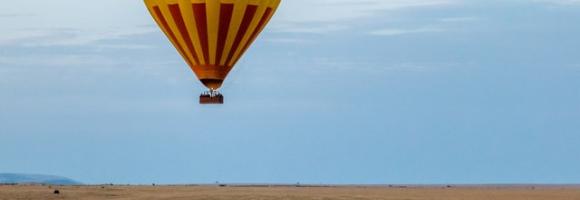
The landscape features indicator refers to the presence of lakes, coral reefs and mountain ranges in the countries. The landscape feature indicator is simple presence-absence of big lakes (GLWD_P(0/1), Lehner & Döll, 2004), mountain ranges (GMBA_P(0/1), Global Mountain Biodiversity Assessment, Mountain Inventory v1.2) and warm-water coral reefs (CR_P(0/1), UNEP-WCMC) combined at country level without weighting factors. The indicator varies between 0 and 3. LFR = GLWD_P(0/1) + GMBA_P(0/1) + CR_P(0/1) Despite its simplistic and coarse approach, we included this indicator because it covers some dimensions of wildlife potential underestimated by the other two components. The presence of lakes is strongly correlated with birdwatching, which is quite an important ecotourism niche. Coral reef diving is generally driven by wildlife attraction (coloured corals and fishes), sometimes targeting specific species such as sea turtles and whale sharks. In our indicator, this feature accounts for marine wildlife tourism potential, without overlapping with generic beach tourism. Mountain ranges are prominent landscapes hosting some iconic species – though less known than the Big Five – such as gelada baboon and Ethiopian wolves, mountain forest birds and primates (e.g., mangabeys). These landscape features represent desirable add-ons to usual safaris, since they provide opportunities for tourists to walk or swim, and so obtain relief from offroad driving and rough conditions. The wildlife economy potential composite indicator was calculated in two steps: 1. Species Richness and Biomes Richness indicators were reclassified on a scale from 0 to 3 based on value distribution natural clusters. 2. The reclassified indicators were summed up with the Landscape Features indicator. The final indicator ranges between 1 and 9 and was rescaled to low potential (1-3), medium potential (4-6), and high potential (7-9).